Exploring The Aral Sea In Uzbekistan. When the name Uzbekistan slips into the conversation, images of the Silk Road waltz through my mind. I conjure pictures from Samarkand, Bukhara, and Khiva of ancient walled cities, ancient mosques, and azure-tiled minarets. Yet, there is more to explore in Uzbekistan than just the Silk Road.
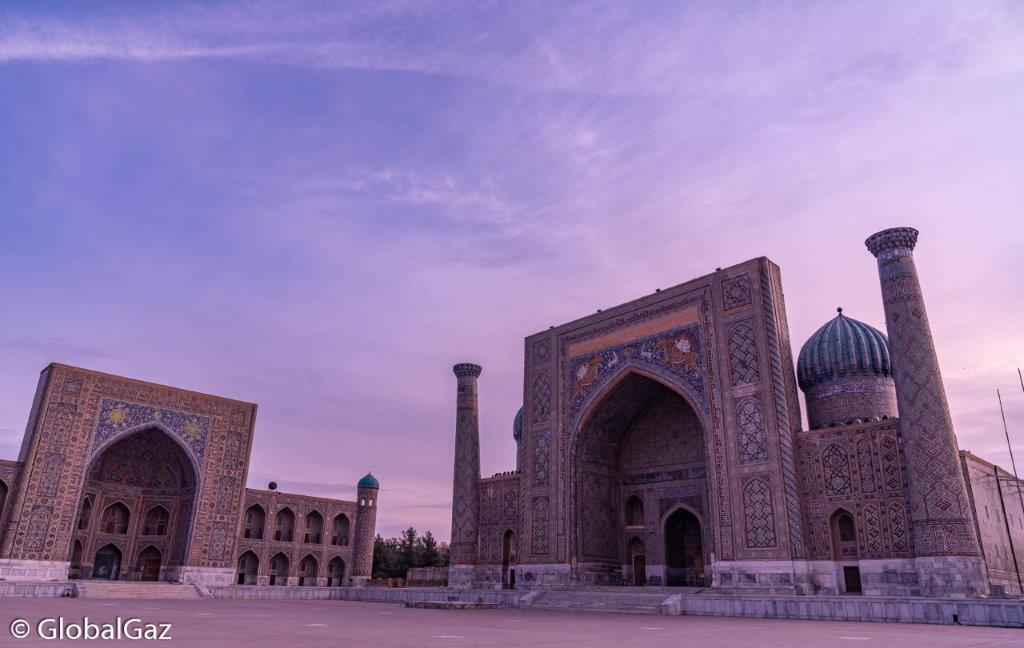
Aral Sea Overview
The Aral Sea at one time was the 4th largest lake in the world, but since the 1960s it has shrank to its current size, which is 90% smaller. The Aral Sea can be found in the western part of Uzbekistan and extends into Kazakhstan.

The disappearance of the Aral Sea is considered to be “one of the planet’s worst environmental disasters”. Beginning in the 1960s the Soviet government headed by Nikita Khrushchev diverted the rivers that fed the Aral Sea for a series of irrigation projects. The Amu Darya and Syr Darya rivers were diverted into a series of irrigation canals to create an industrialized agricultural industry. Only 10% of the waters from the rivers that originate from the Pamir Mountains find it ways to the Aral Sea. The goal was to transform the deserts to grow white gold better known as cotton. In 1988, Uzbekistan temporarily succeeded becoming the world’s largest cotton exporter. Today, the Aral Sea is dead lake with decimated flora, fauna, and sea life. As the sea shrank in size, more and more fertilizer, pesticides, chemical weapons, poured in resulting in an ecosystem collapse.
While travel in Uzbekistan has become more and more seamless over the last couple of years, getting to the Aral Sea today is still a challenge. But a worthwhile and compelling adventure.
Exploring The Aral Sea In Uzbekistan – Nukus
First step is to get to Nukus. Nukus is in western Uzbekistan and is the capital of the autonomous Karakalpakstan Republic. Wait, wait, wait … autonomous republic? Yes, for some, going to Nukus; it will count as a different country. The Karakalpak people were historically nomadic herders and fishermen. And under the Soviet Union, at one time, it was an autonomous region. The Republic of Karakalpakstan with 1.8 million citizens is considered a sovereign state and holds veto power over Uzbekistan which is noted in the constitution. You will see the Karakalpakstan flag flutter over the capital. Unfortunately, there is no visa stamp to flaunt at your next cocktail party.
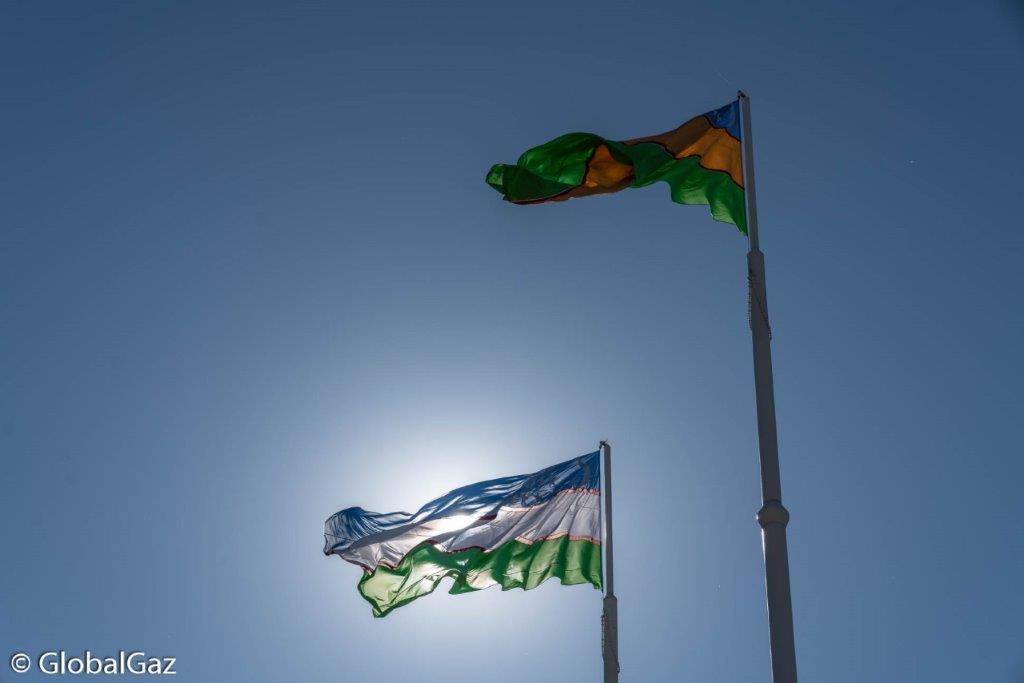
You have a couple of options to get to Nukus. There are lengthy shared taxis and trains (about 20 hours) from Tashkent. Or you can take a direct flight for approximately $66 and under two hours. It was an easy decision for me and I took the flight.

My home base in Nukus was Jipek Joli Inn, a centrally located option. The room was spacious and comfortable with a great staff. Family owned Jipek Joli is also the owner of Ayim Tours, the organizer of my adventure to the Aral Sea. My trip was organized by Ayim Tours and I recommend this adventure. Ayim and Jipek Joli provide a professional turnkey solution to exploring the Aral Sea In Uzbekistan.
The Aral Sea Road Trip
The road trip to the Aral Sea covers a lot of ground over the two days. Roundtrip you will cover 900 km, and a fair amount of it is off-road. Only a four by four can make this drive to the sea. You can reserve a private trip, or ask Ayim attempt to match you with other travelers to lower your cost. I traveled with Ayim Tour, based out of Nukus Ayim Tours has been operating since 2005, providing great insights intro this remote area of Uzbekistan Ayim Tours is owned by the same family that operates the well-known hotels, Jipek Joli Inn and Jipek Joli Hotel. Jipek Joli Inn started business in 2004 under the matriarch, Ayimgul Shamuratova, of the family. Today, four of her five children are involved with their businesses.
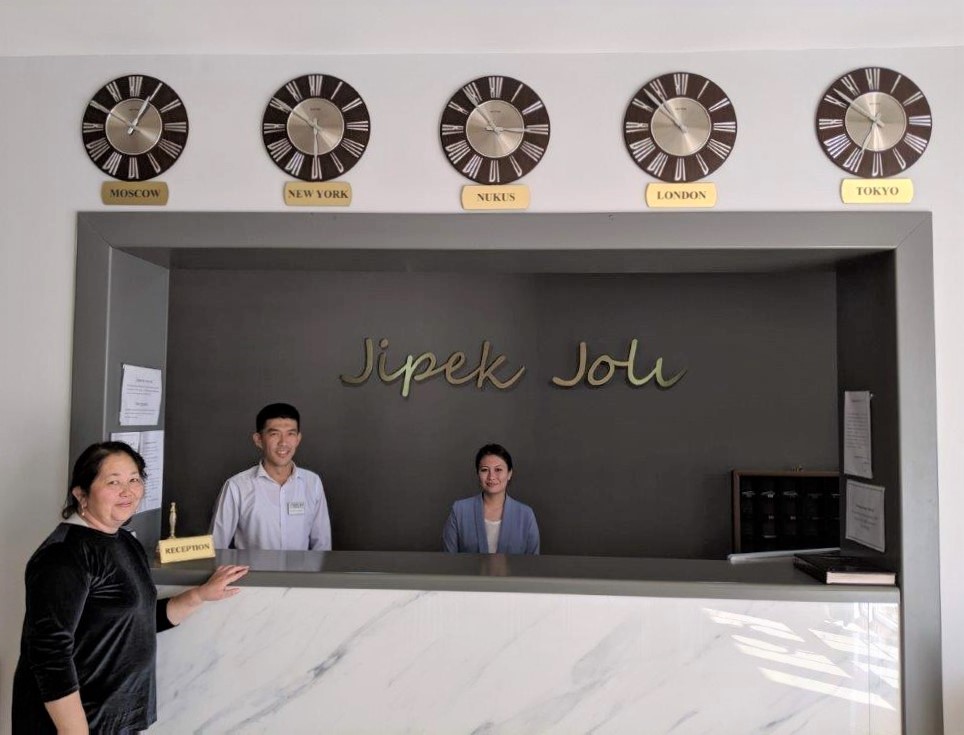
Exploring The Aral Sea In Uzbekistan – Day One
The day starts at eight in the morning as you road trip to Muynak. This is a fairly relaxing drive of three hours and 200 km on a sunny, autumn day. I met my affable driver, a local from Nukus, named Erpolat. I liked him immediately, he took the time to introduce himself and overview the agenda. I typically judge this as a positive indicator of good service. His steed was a sturdy Toyota Land Cruiser.

Muynak, today is a sleepy backwater, but once was a bustling seaport of 25,000 people. As the Aral Sea receded in the 1980s and sea life became extinct, thousands of people who lived off the sea abandoned Muynak. Most people were employed in the fishing industry, either working on fishing trawlers or in the cannery. Approximately 20% of all fish consumed in the Soviet Union came from the Aral Sea. The town is now surrounded by a sandy, desert expanse dotted with seashells where the sea once stood. The sea is now found close to 200 km away.
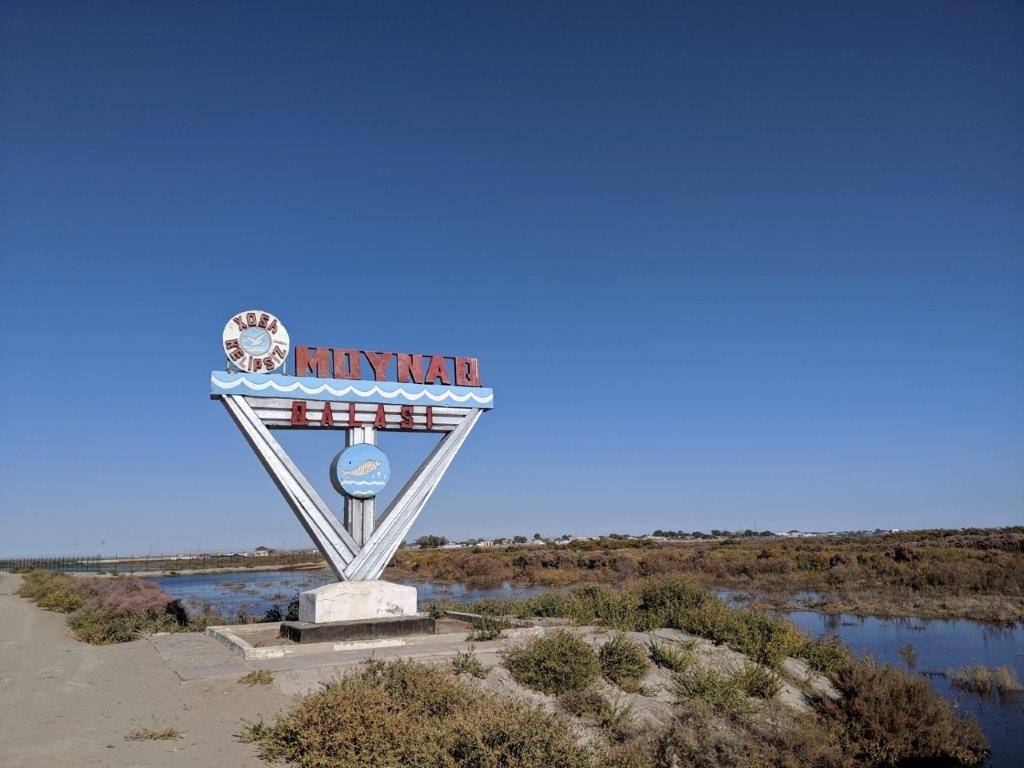
My first stop was the Ecological Museum of Muynak. This compact and tidy museum was a good introduction to the Aral Sea calamity. I viewed a depressing series of photos tracing the shrinking Aral Sea overtime.
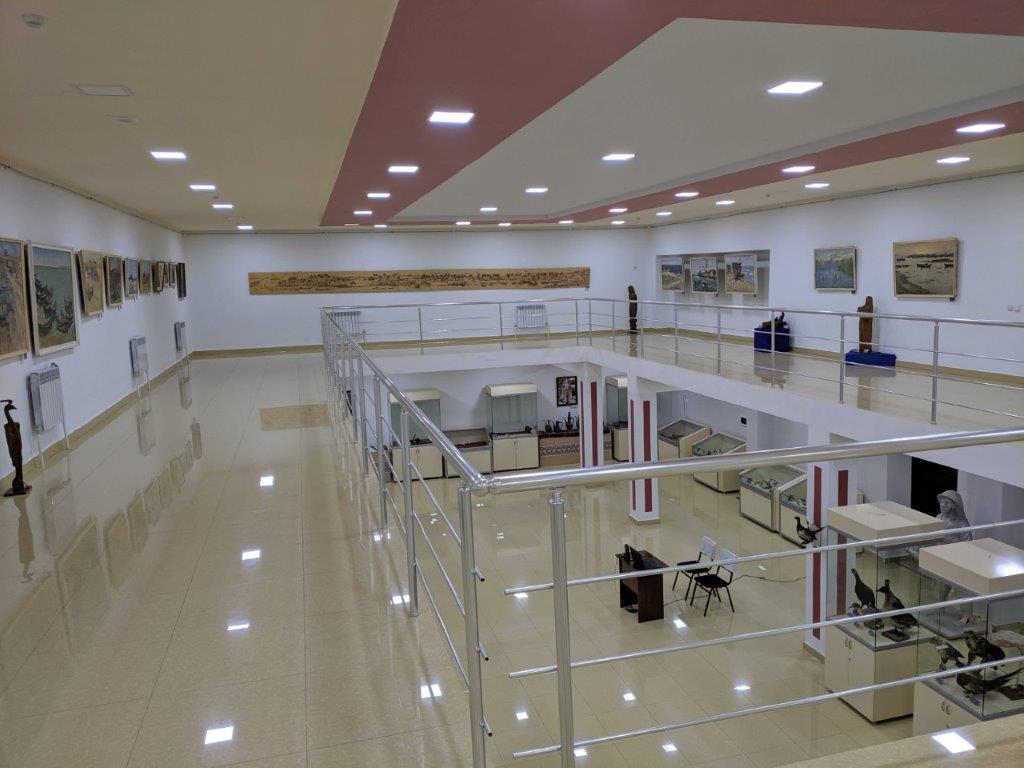
Nearby the museum is the Aral Sea Monument, which stands where the sea used to lap up to edge of Muynak. A white monolith stands sentry. More pictures depict the Aral Sea overtime, becoming smaller and smaller.
A long, downward path brings you to the bottom of the dry seafloor. A handful of rusting hulks, former fishing boats, dot the seafloor intermixed with dry shrubs. It is a bit depressing as I stared into the horizon, realizing that I was standing on the bottom of a giant sea, that no longer exists.
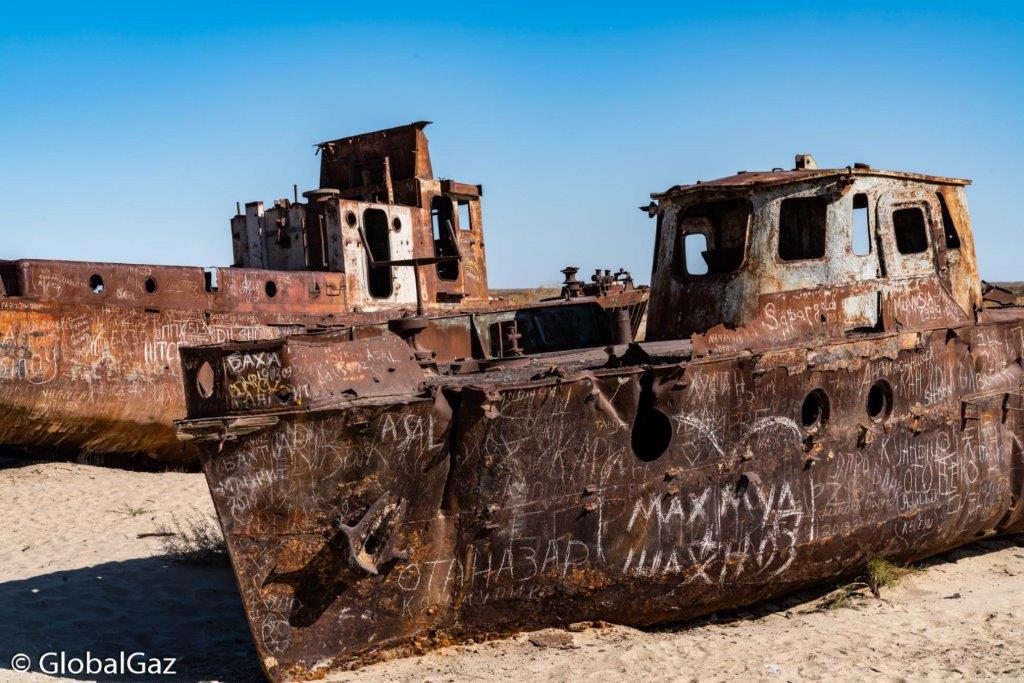
After strolling across the waterless seafloor, it was time for lunch. Muynak is not a hive of tourist activity, more like a desolate backwater for those looking to get off-the-beaten-path. Looking at Tripadvisor, you will note there is one Thing To Do and no restaurants listed. So Erpolat brought me to a homestay/restaurant for lunch. A light lunch of salads, breads and soup provided my nourishment.
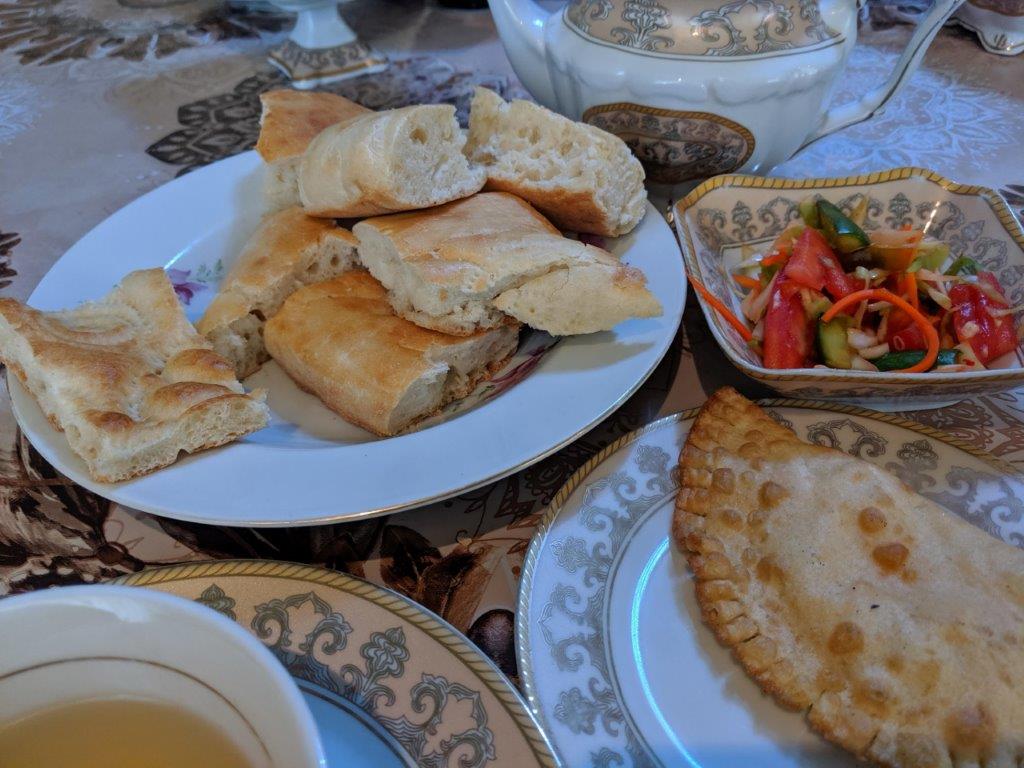
Lunch ended and we headed north after visiting a local store to grab some snacks for next part of the road trip. I greeted the store owner, a grandmother and her grandson, and grabbed a couple of provisions.
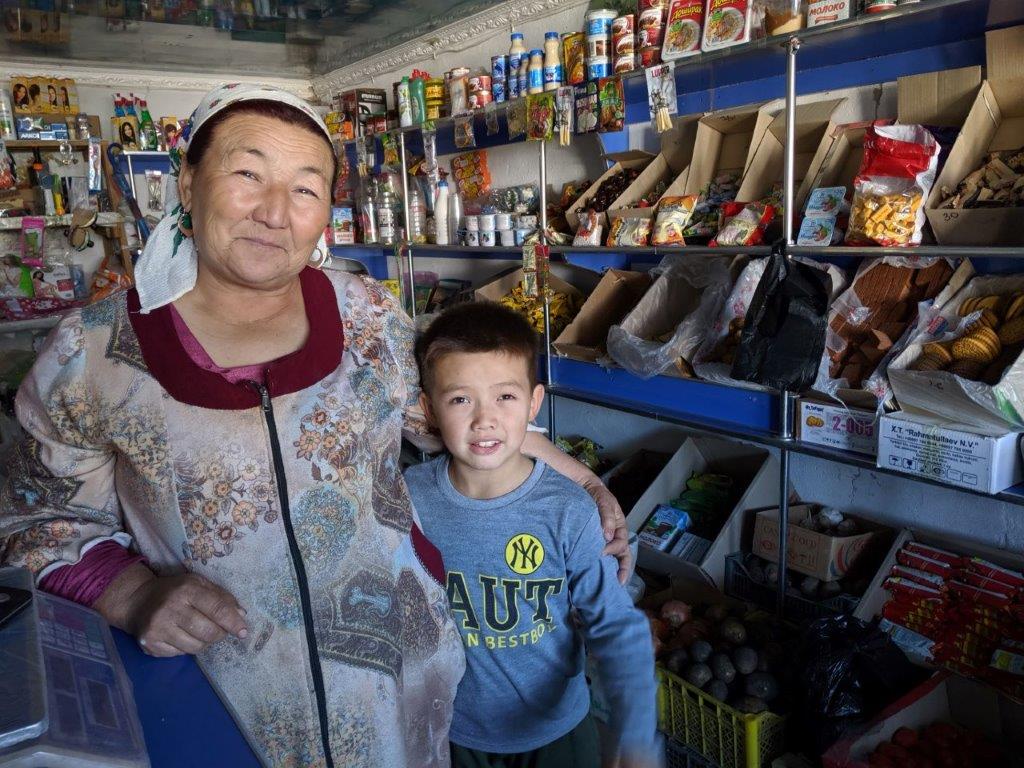
Back in the Land Cruiser, I noted as the road transitioned from sealed tarmac, to neglected roads, to finally dirt paths. While you can drive a car to Muynak, it would not possible to drive to the Aral Sea without a 4×4.
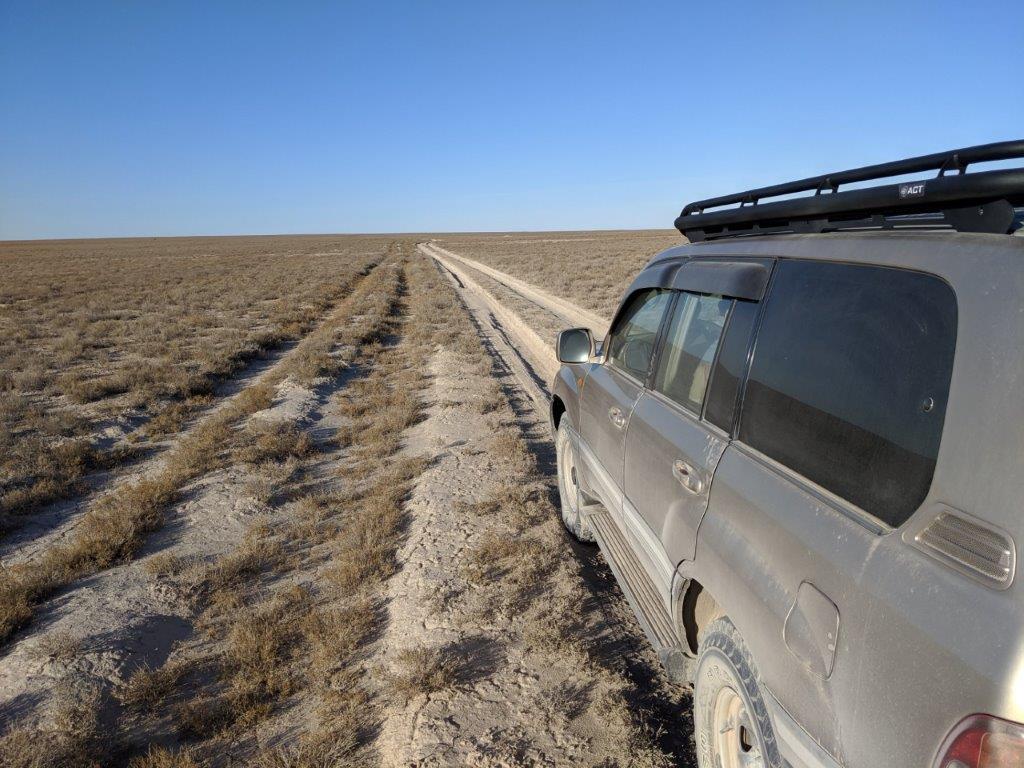
The road disappeared as we coasted across the Ustyurt plateau. The plateau is a vast expanse of 200,000 square kilometers. We drive to the edge of the plateau, and I note a precipitous drop-off as I stare into a canyon and a series of mountains that at one time were under the sea.
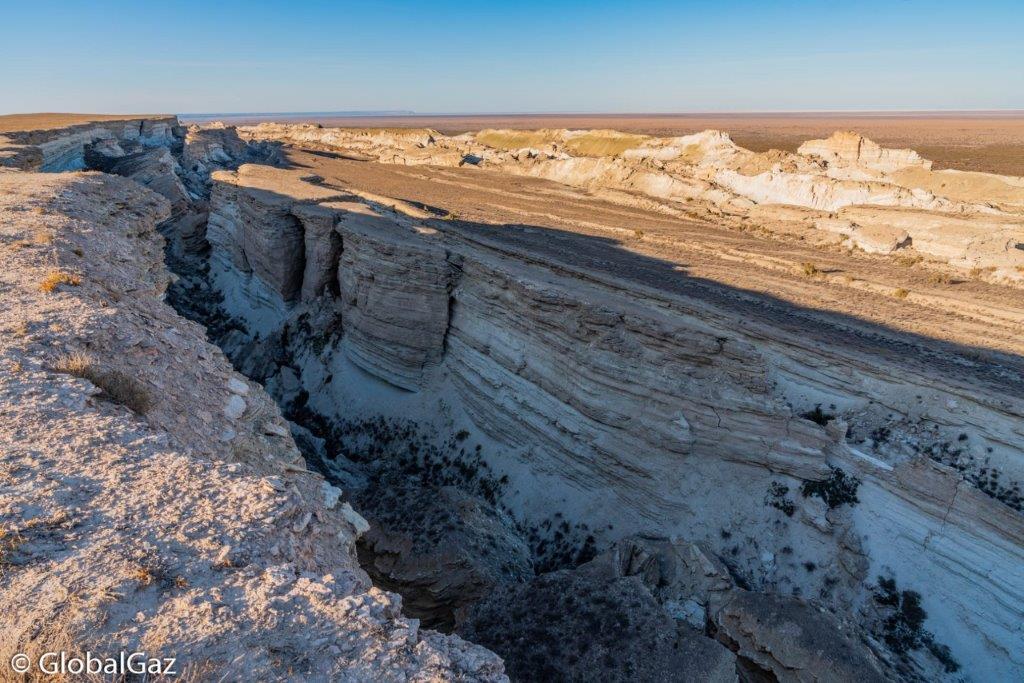
The horizon is perpetual. Blue sky with sparse, coarse patches of grass dot the panorama. A small cropping of stones appears suddenly and Eroplat brings the truck to a stop. Over the centuries, ethnic Kazak nomads plied the open plains with their livestock. A handful of ancient stones mark the graves of nomads-past that date to the 16th century.
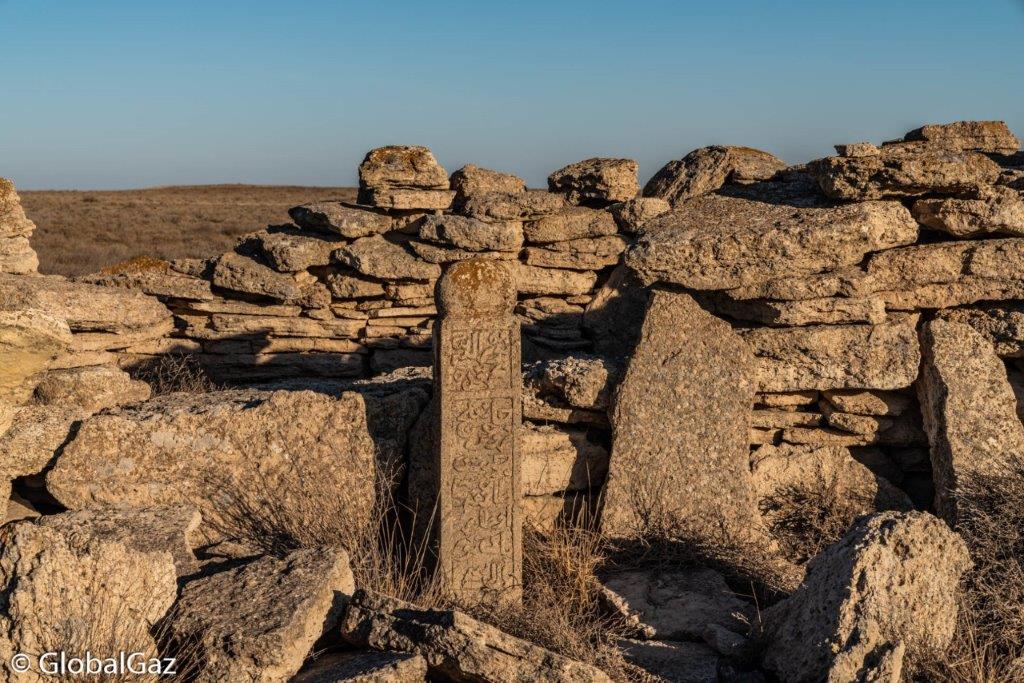
We are back on the road, and it is late in the afternoon. The drive is bumpy as Erpolat guides the Toyota on the grooves in the ground made by countless cars from years past. Near the edge of the plateau, I can make out the Aral Sea. The car plunges down a path as we leave the heights of the plateau and descend to the former sea floor. We navigate the path and enter the Aral Sea Encampment.
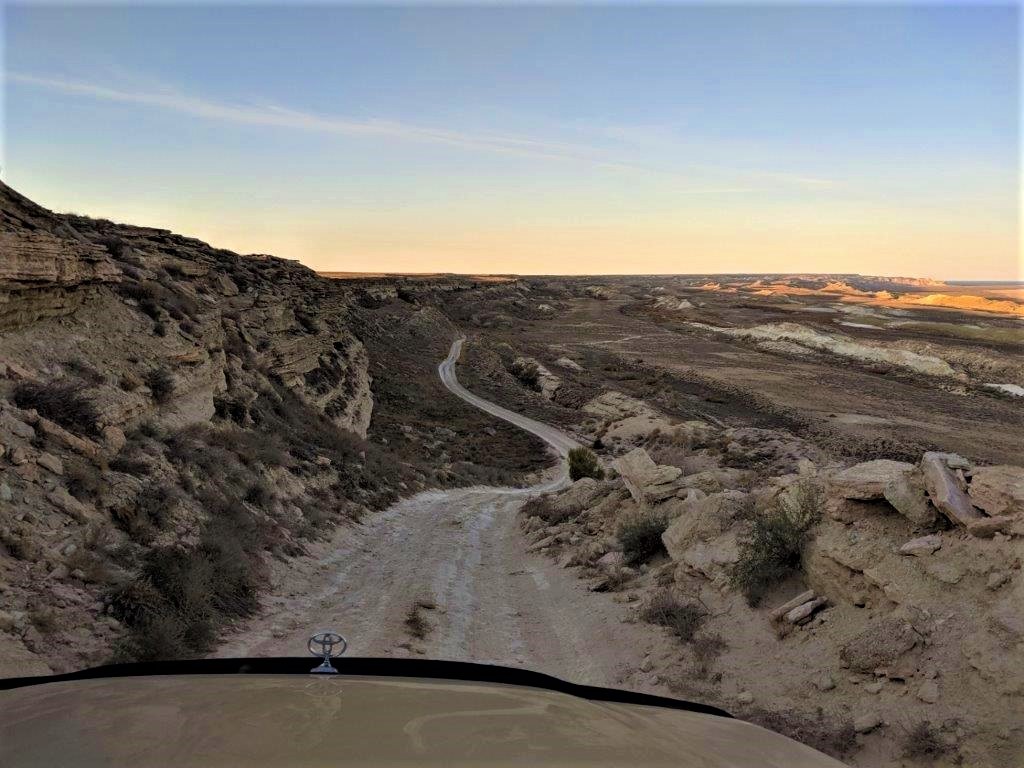
The yurt was roomy and comfortable. I was able to stand upright. Bed rolls with a thick blanket made for a comfortable sleep despite being in such an isolated part of the world. October brought chilly temperatures, but the yurt protected me. Thankfully, there was electricity to charge my phones and cameras. This camp is only bookable via Ayim Tour.
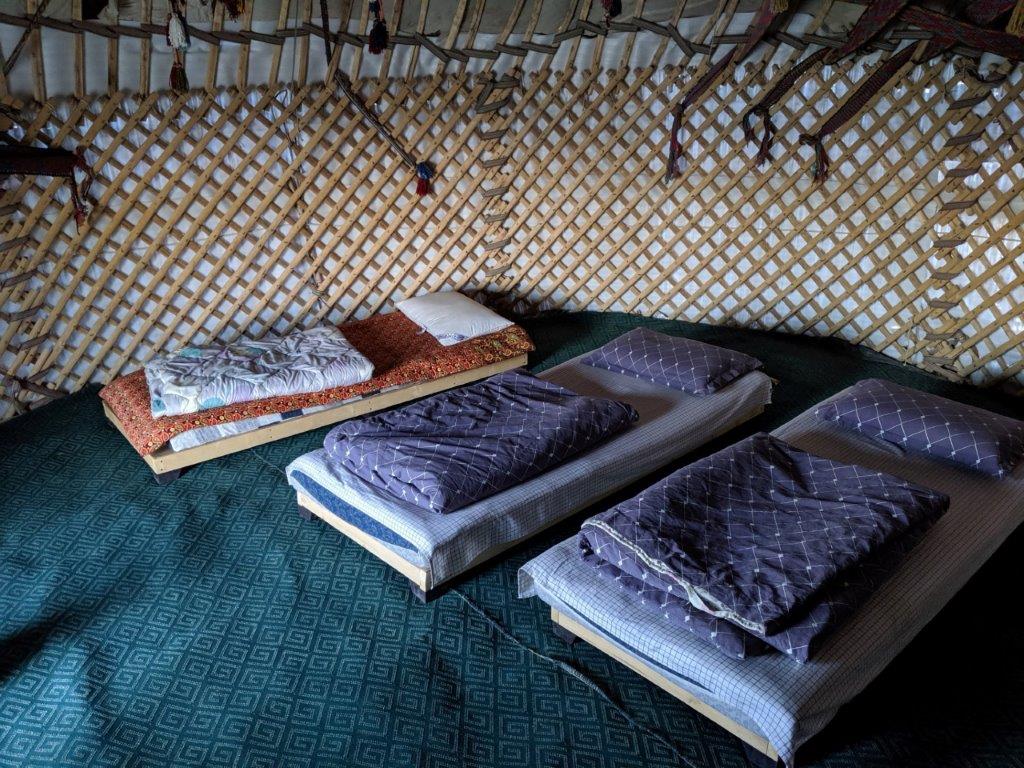
My bag was placed in my yurt and we made the short drive to the edge of the receding sea. I was able to catch the last colors before the sun set. The desolation passed into a peaceful isolation, as I listened to the waves and wind.

Back in the camp, I headed to the dining tent. I had low expectations for dinner since we were so remote but was pleasantly surprised. A cornucopia of foods was presented with even fresh vegetables and fruits. That was pretty impressive. A shot of local Uzbek vodka warmed my stomach.
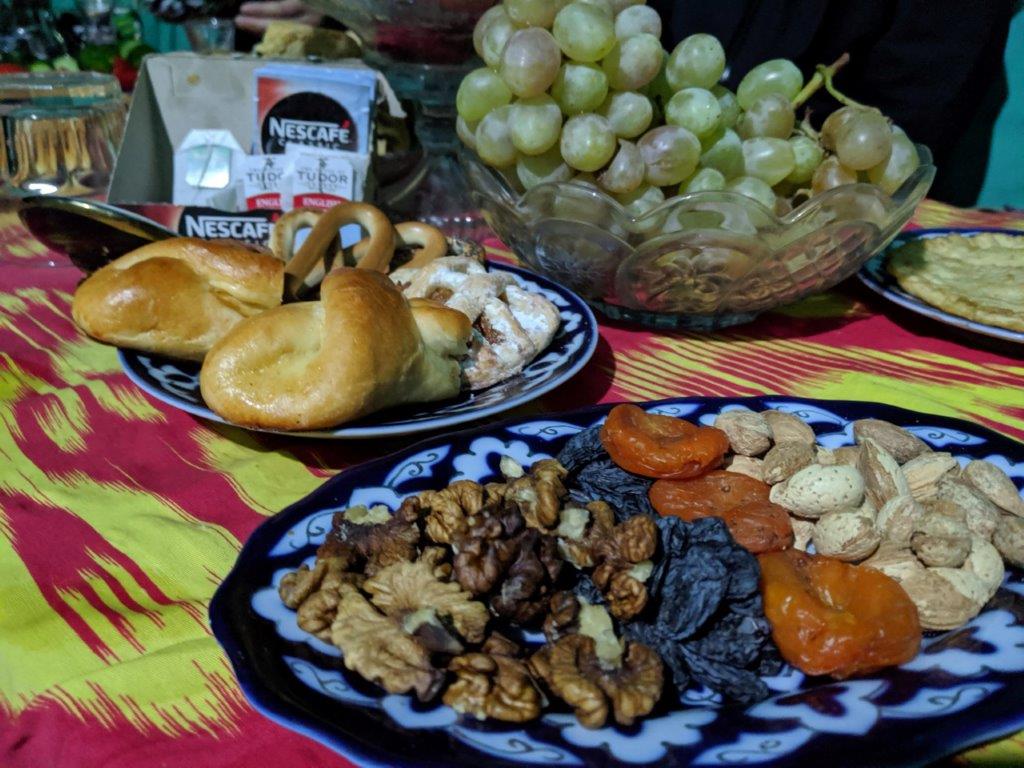
For those who live in the city, there are limited opportunities to appreciate the night sky. As you might imagine, there is no light pollution in this part of the world. On a clear night sky, the abundant stars sparkle lucidly. I took some time to breathe in this serenity before heading to sleep after this long day.
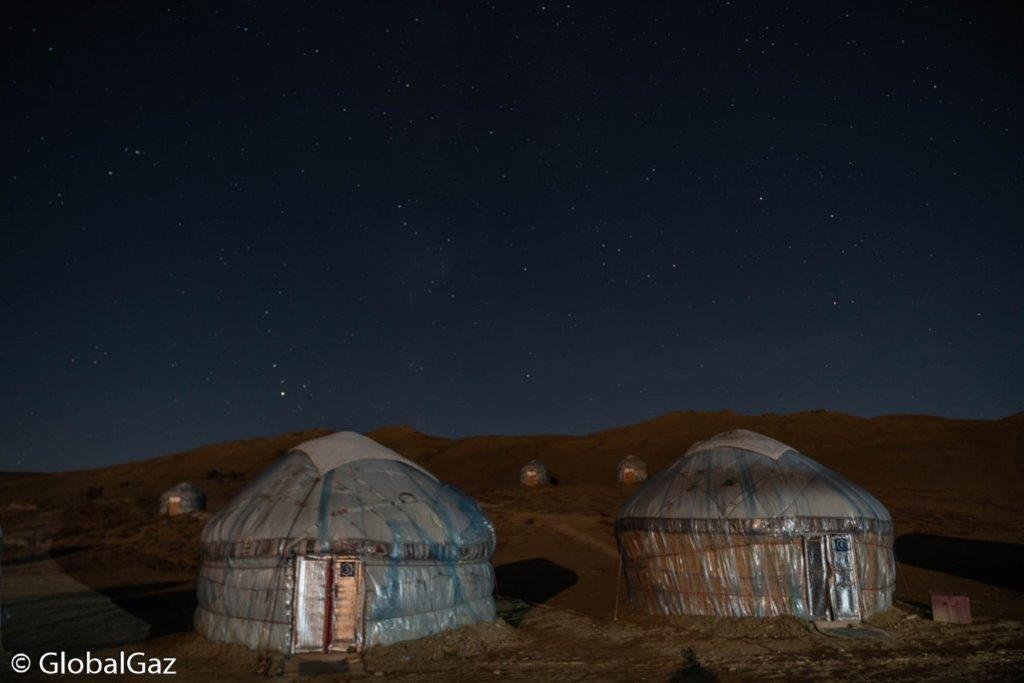
Exploring The Aral Sea In Uzbekistan – Day Two
A snippet before sunset, my iPhone began a gentle chiming. I hastily dressed and found my camera. It was time to brave the frigid morning air and admire the morning colors. Vibrant reds and oranges meshed over the sea. And shortly after, a languid sun rose from the edge of the horizon. I sat on a bench in the encampment taking in the beauty gazing at the Aral Sea.
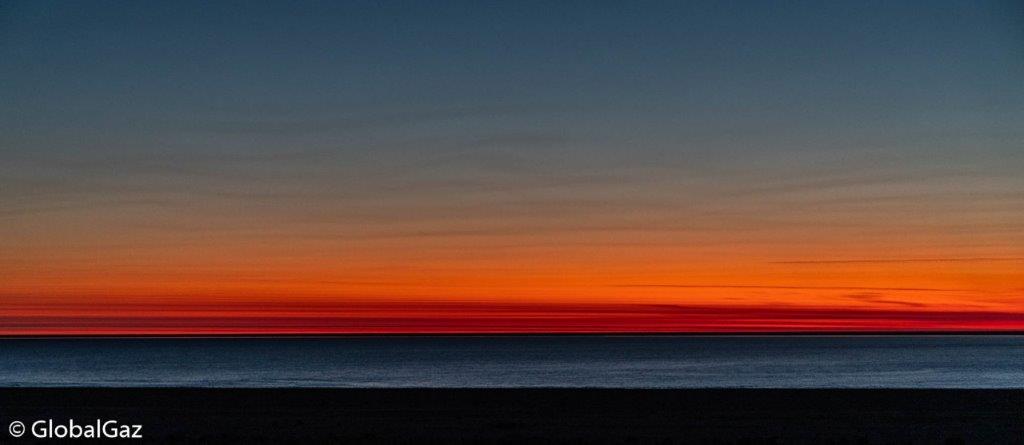
We were going to have another long travel day, so it was time to fortify myself with breakfast in the dining tent. I gulped down some tea (no vodka this time) and again I was surprised on the upside with the breakfast spread.
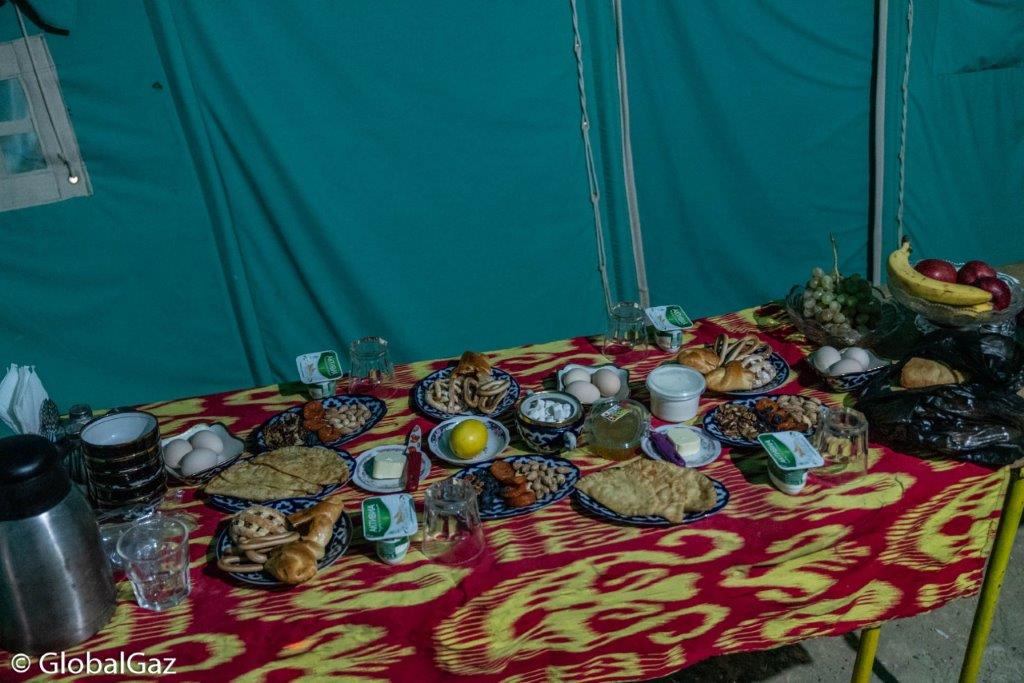
We climbed the path back the Ustyurt Plateau, the vast clay desert that covers parts of Uzbekistan, Turkmenistan, and Kazakhstan. After an hour or so, a small village appeared in the distance. Kubla-Ustyurt also known as Komsomol from the Soviet days, houses a small group of people who work in the gas and oil industry in this remote area. There is even an abandoned airfield which was used during the Soviet Union for their nuclear, biological, and chemical program for those obsessed with Dark Tourism.
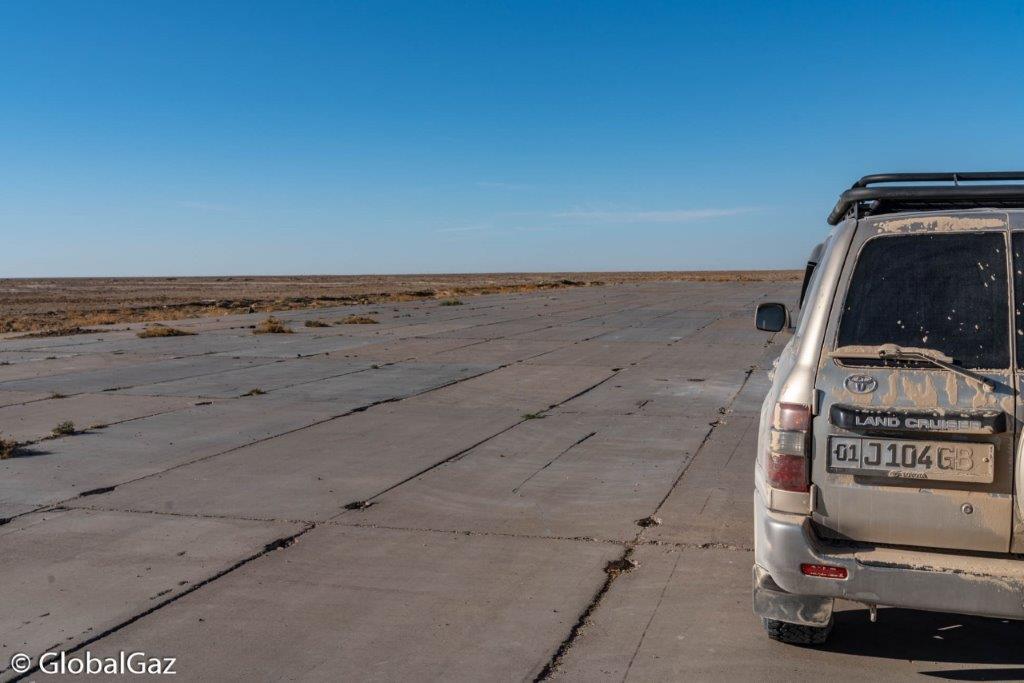
Next on the agenda was Lake Sudochye which was once part of the Aral Sea connected by a channel. In years past, the lake was part of the local economy with a vibrant fishing economy. A derelict cannery factory sat adjacent to the lake. An abandoned cemetery is filled with Russian Orthodox crosses from a time when Russians were more common in this area. Today, Lake Sudochye has gained popularity due to a group of 7000 pink flamingos who migrate here for part of the year. Unfortunately, during my visit they were not to be found.

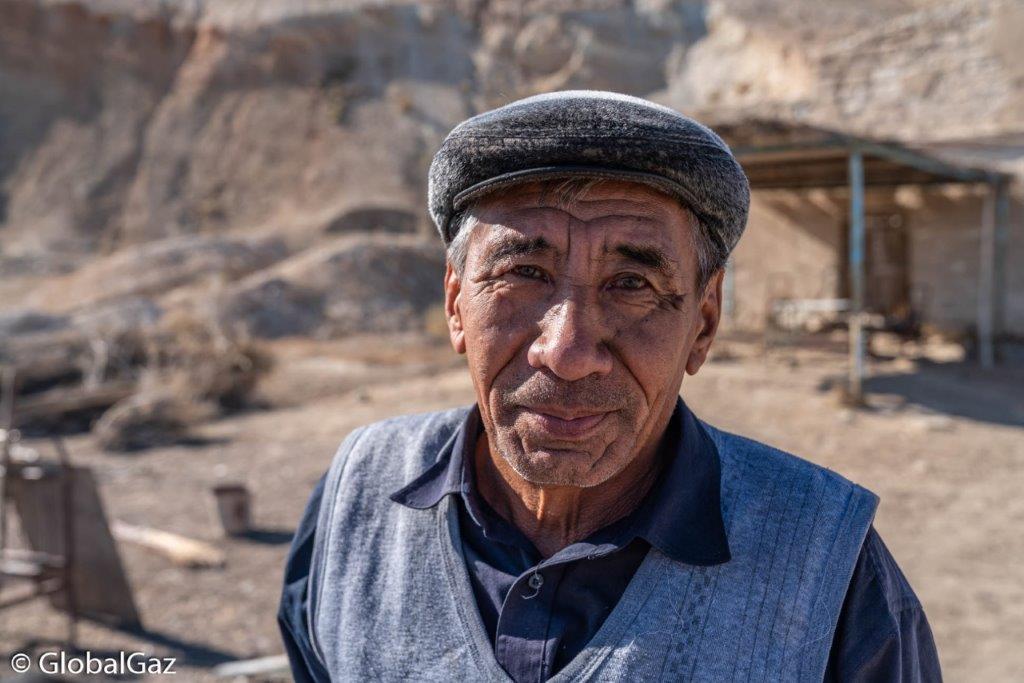
Our final stop before returning to the Jipek Joli Inn in Nukus was a visit to the Khodjeyli area where you can find the Mizdakhan Necropolis and Gyaur Qala. Qala means fortress, and there are a whole series of the Qalas in Uzbekistan. Gyaur Qala dates back to 4th/3rd century BC and takes a bit of imagination to appreciate.
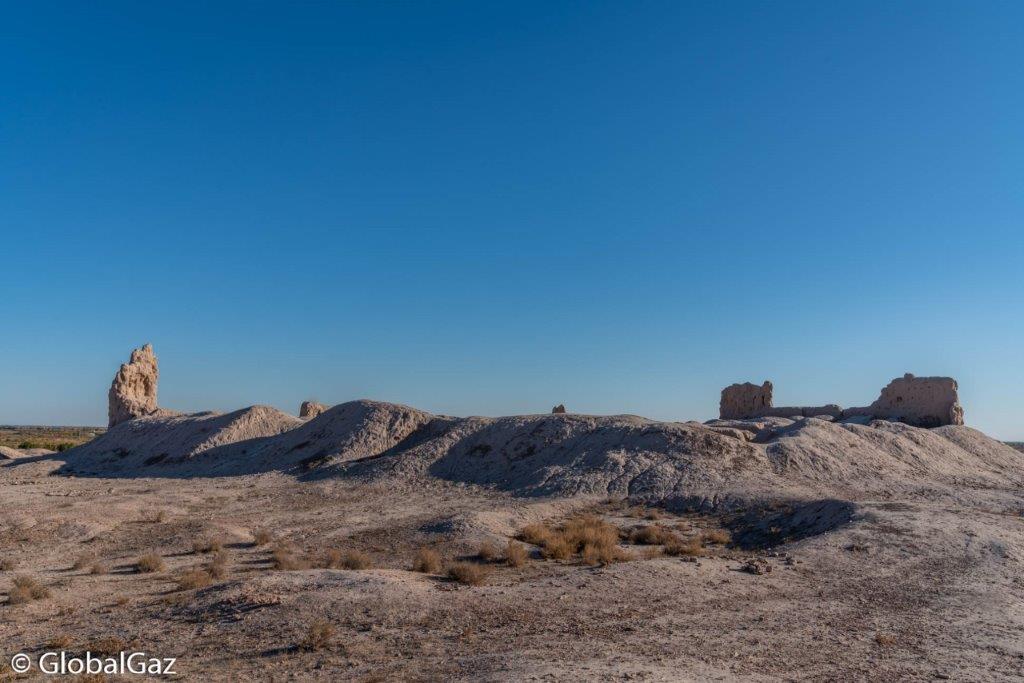
The real star on this last pit stop is the Mizdakhan Necropolis. This area has been inhabited since the 4th century BC and is considered a sacred area populated with tombs and mosques set on a hill. It is a stunning venue to take in the sunset. And that is an understatement
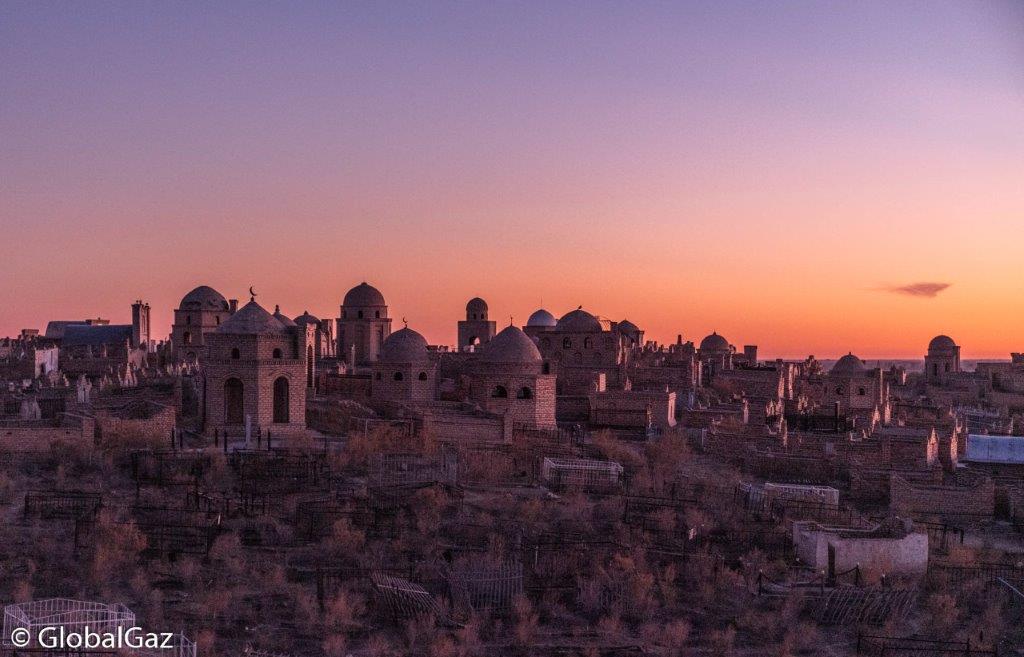
After two busy and adventure packed days covering 900 km, we ended our trip back in Nukus. I thanked and bid a farewell to Erpolat.
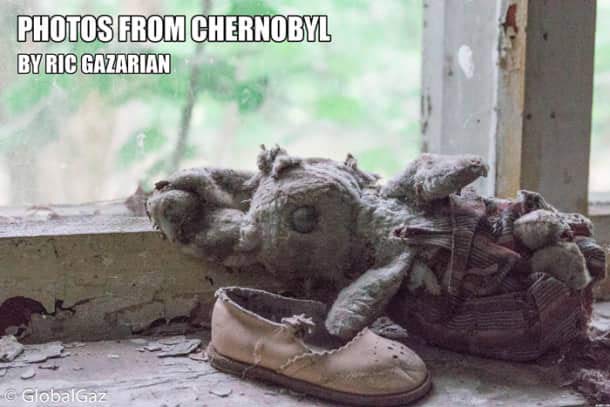
Photos From Chernobyl
Sign up to receive your free copy of Photos From Chernobyl. Over 100 photos from the Chernobyl Exclusion Zone.

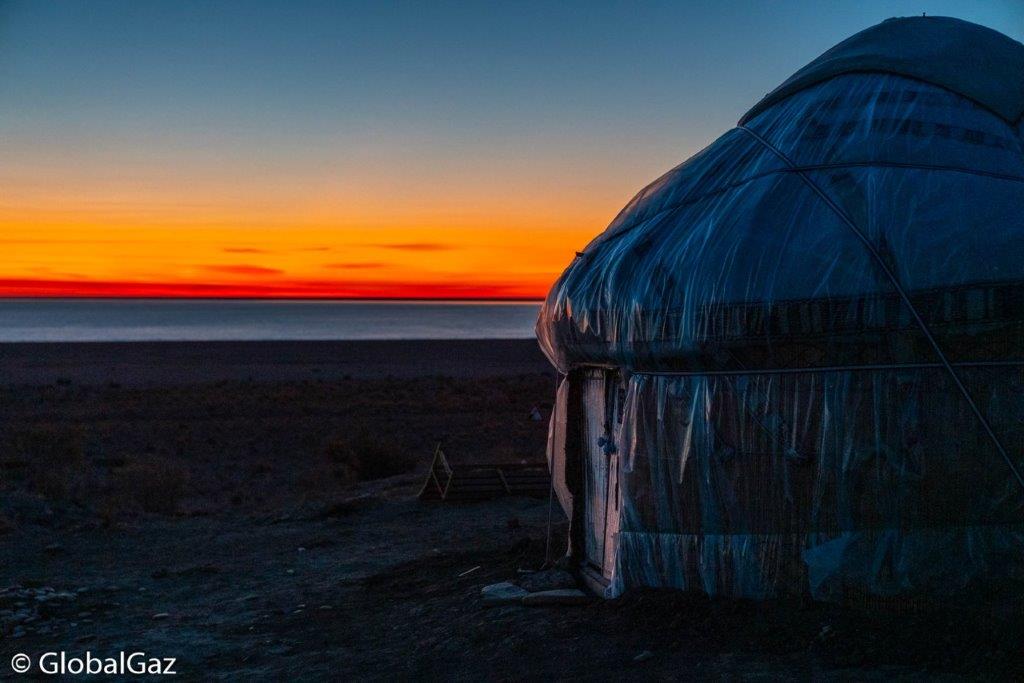
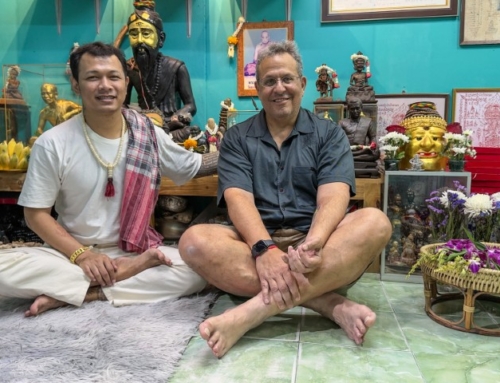
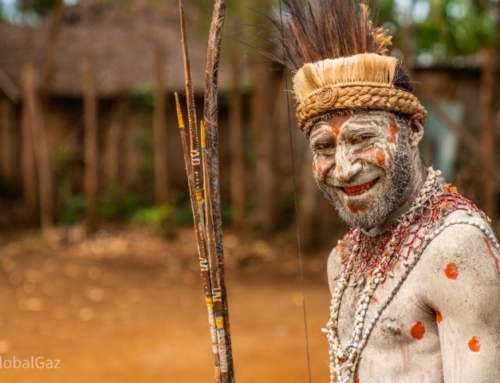
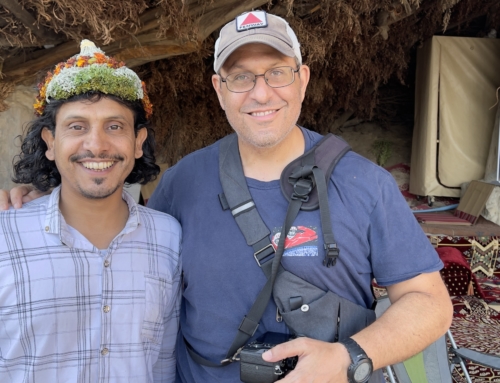
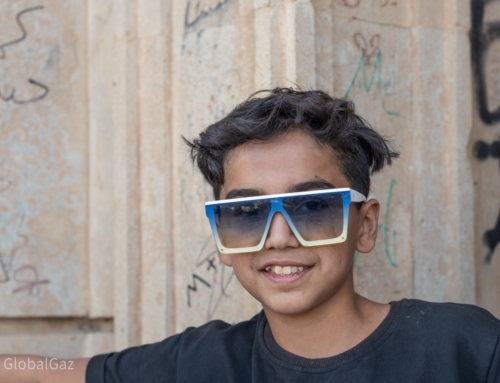
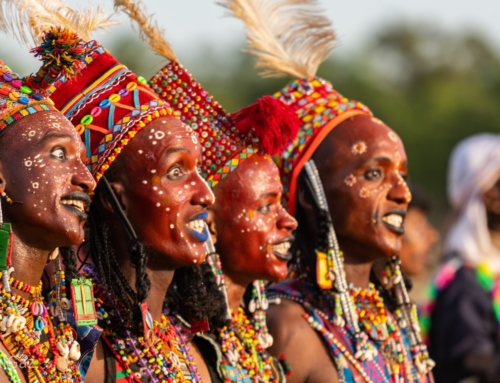
[…] Exploring the Aral Sea in Uzbekistan […]
[…] Besides the Nukus Museum of Art, Nukus is considered the jumping off point for Aral Sea adventures. Read about my two-day road trip exploring the Aral Sea. […]
Hi Ric. I remember you. I was a guide foe Japanese girls during this trip.
You made the best story. Excellent!!! )
It was great meeting you, and good meeting you!
[…] a lot in this one by GlobalGaz: Exploring the Aral Sea in Uzbekistan. The Aral Sea used to be the fourth largest lake in the world but since the 1960s it has shrunk […]
[…] This is a two-day trip to get to the sea. There is a tent encampment where you can stay at on the Aral Sea. I traveled with Ayim Tours, you can read about my adventure exploring the Aral Sea. […]
[…] with Ayim Tours based out of Nukus, Uzbekistan. I had a cool two-day adventure traveling to the Aral Sea and camping by the lake. The Aral Sea was previously the 4th largest lake in the world, it has […]
Interesting post, Gaz. I had heard about the lake and that it had shrunk, but reading about it in more detail and from someone who’s actually visited brings this story much closer to the heart.
This is also the first time I hear of Nukus or the autonomous Karakalpakstan Republic.
My favourite photos are regularly your people and portrait photography.
Yeah, I think one of the major benefits of travel, is the learning aspect. A combination of on the ground learning and experiences, in addition to greater interest in the subject, which acts as a catalyst for additional readings.
The Aral Sea is truly an environmental disaster-nightmare. And a fascinating place to visit.